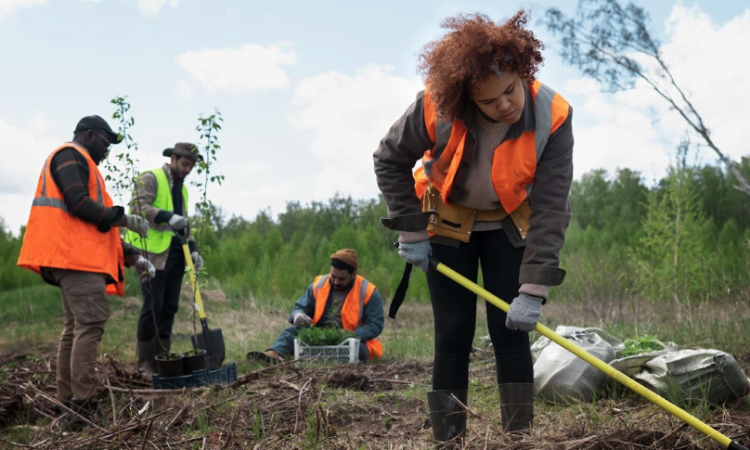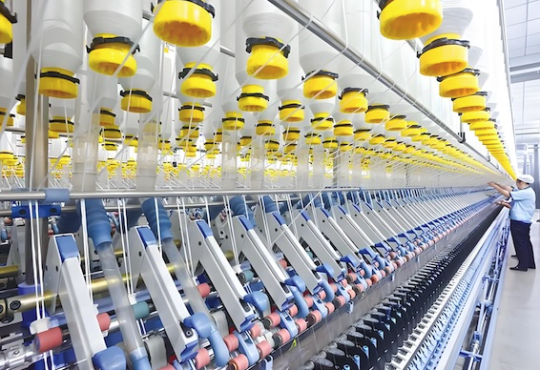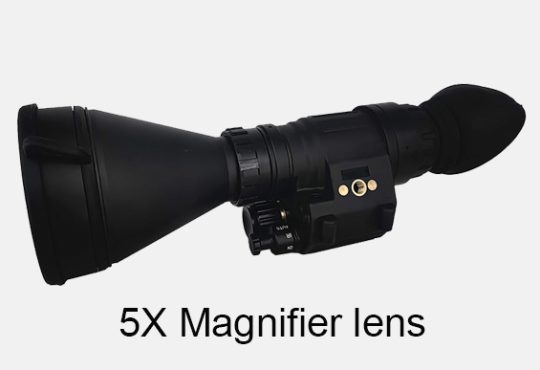
Introduction
Mangroves and wetlands are the first things to break when land gets cleared badly. They filter water, protect shorelines, and support species. If you’re working on any project in Southwest Florida, you need straightforward, repeatable steps to protect those systems while you clear and build. This piece gives the field-tested tactics that actually work.
Here’s the thing: protecting wetlands isn’t charity. It reduces your risk and keeps your project on schedule.
Identify resources before you move equipment
The first job is to know exactly where mangroves and wetlands are on the property. Hire a qualified wetland scientist to do a delineation. That map becomes non-negotiable on the site plan and controls your clearing limits.
Without a delineation you are gambling. Don’t gamble.
Respect buffers and mark them in the field
Buffers are simple and effective. Establish a clear buffer line around wetlands and mangrove fringes and physically mark it with durable stakes or fencing. Make it a work-site rule that no equipment crosses that line.
Buffer enforcement saves habitat and prevents the kind of errors that trigger agency enforcement.
Phase clearing and use low-impact methods near sensitive areas
Don’t clear the whole site at once. Stage the work so exposed soil areas are minimized. In or near buffers, prefer manual clearing or mulching heads that grind vegetation in place. That method reduces root disruption and limits sediment mobilization.
For large upland areas do mechanical clearing, but keep machines out of the buffers.
Control erosion from day one
Sediment is the biggest threat to wetlands. Install silt fences, inlet protection, and any required temporary basins before any soil is exposed. Inspect them daily during work and after storms. A small breach fixed quickly is far cheaper than large downstream cleanup.
Protect root systems and avoid compaction
Mangrove and wetland plants rely on delicate soils and roots. Heavy equipment compacts soil and kills plants even if you don’t remove them. Keep heavy machinery off sensitive soils and use mats if vehicles must cross.
Handle cleared vegetation responsibly
Chip and reuse vegetation when appropriate. Don’t pile organic debris into buffers or waterways. If material must be removed, route haul roads away from sensitive areas and document disposal.
Engage agencies early
Talk to the South Florida Water Management District and FDEP during planning. A pre-application meeting clarifies expectations and often prevents surprises later. If federal jurisdiction exists, consult the Corps early.
Monitor and adapt
Set up daily or weekly monitoring, depending on the site. Watch buffer lines, check silt fences, and watch for stressed vegetation. If you spot sediment leaving the site, stop and fix the mechanism. Rapid fixes are the practical difference between a minor issue and a major enforcement action.
Conclusion
Protecting mangroves and wetlands during land clearing in fort myers and Southwest Florida is about discipline. Delineate resources, enforce buffers, phase work, control erosion, and reuse cleared material responsibly. Do this and you protect the habitat, reduce risk, and keep your project on track.







